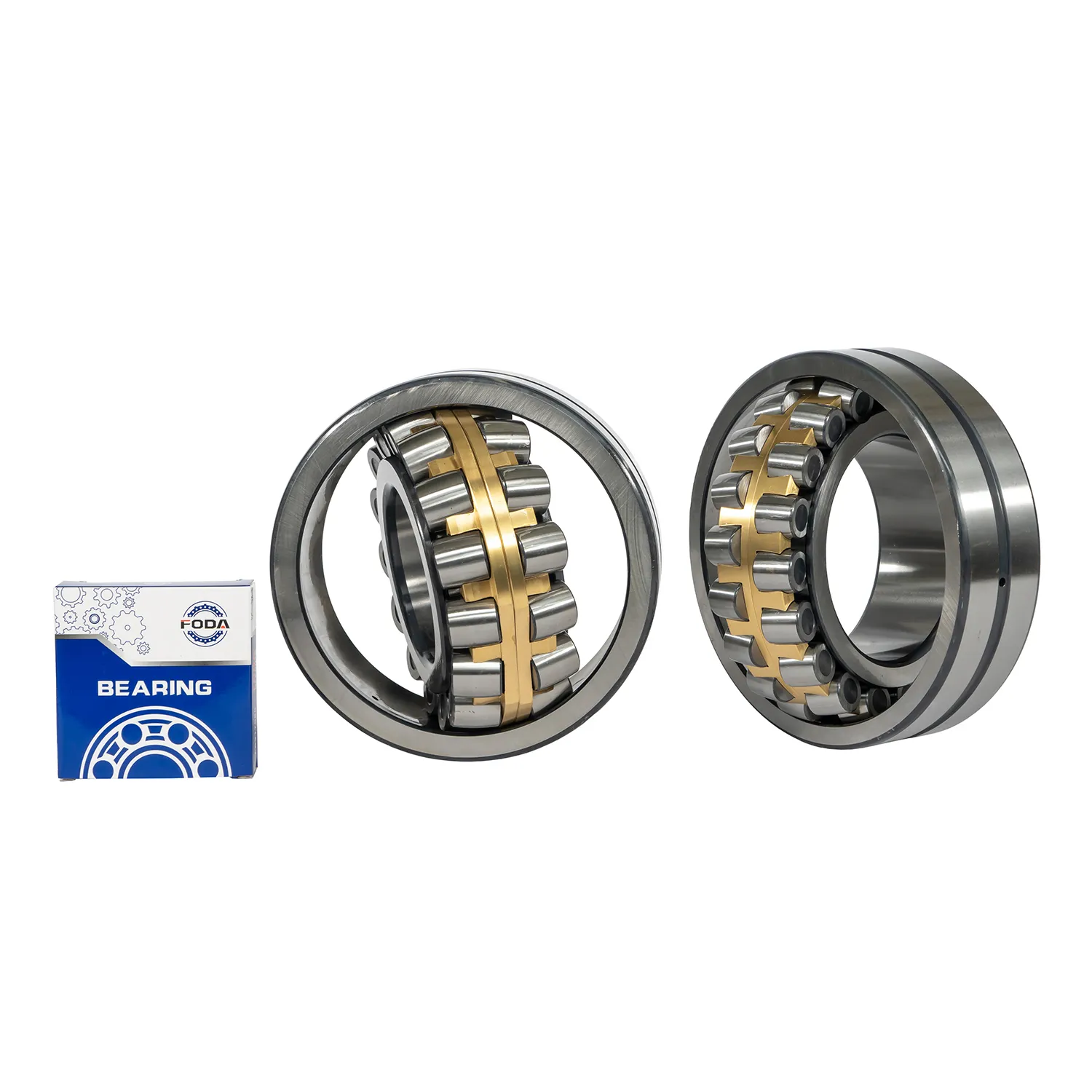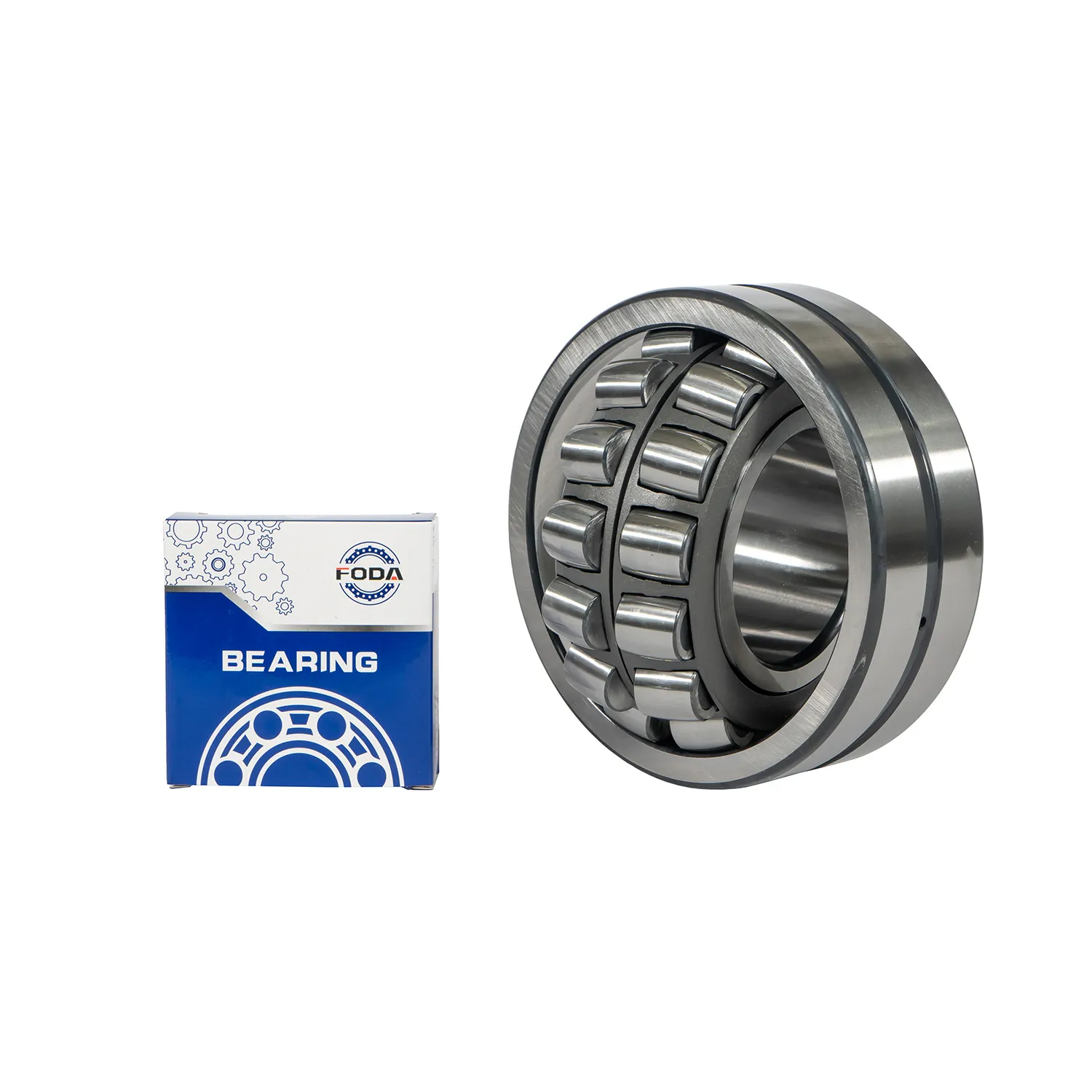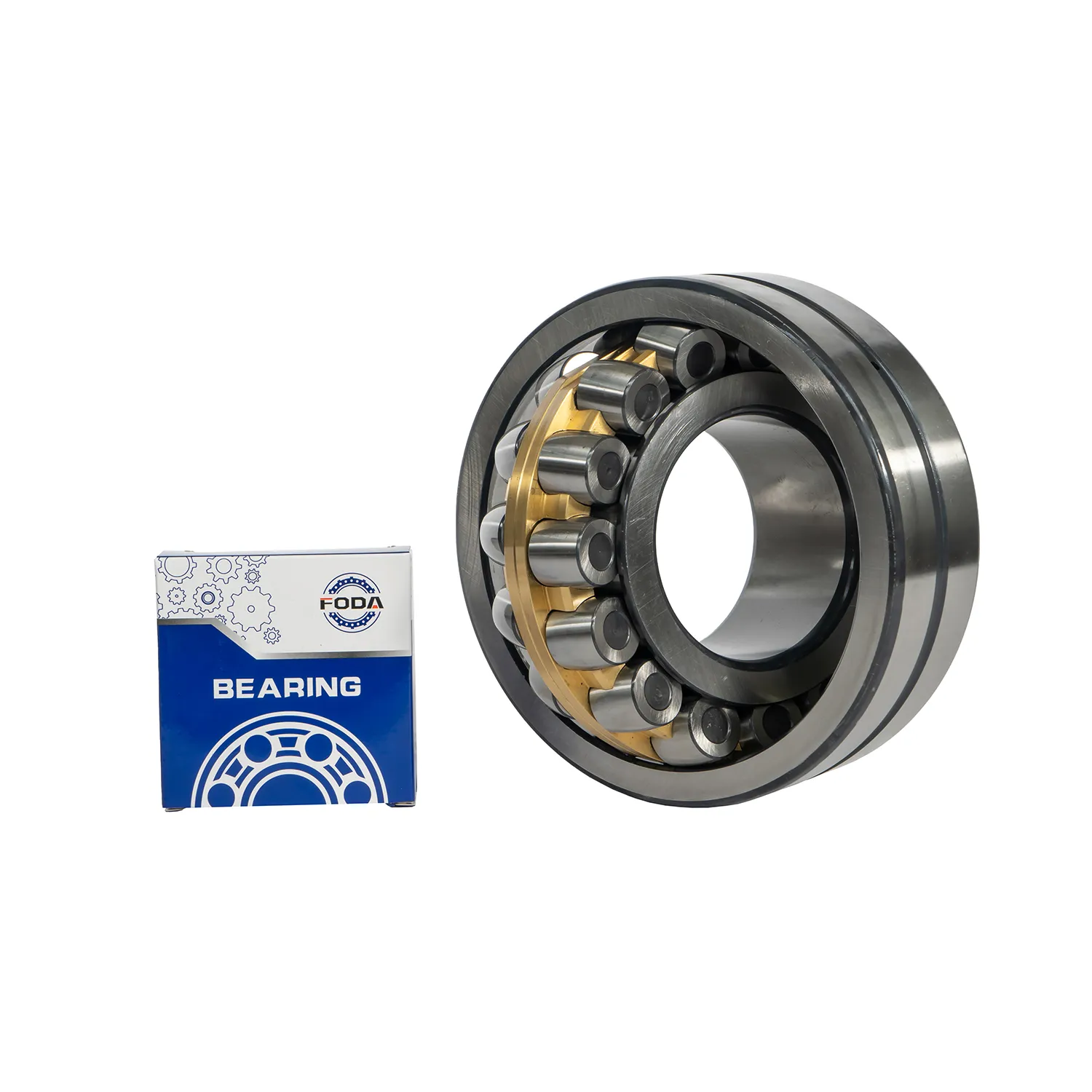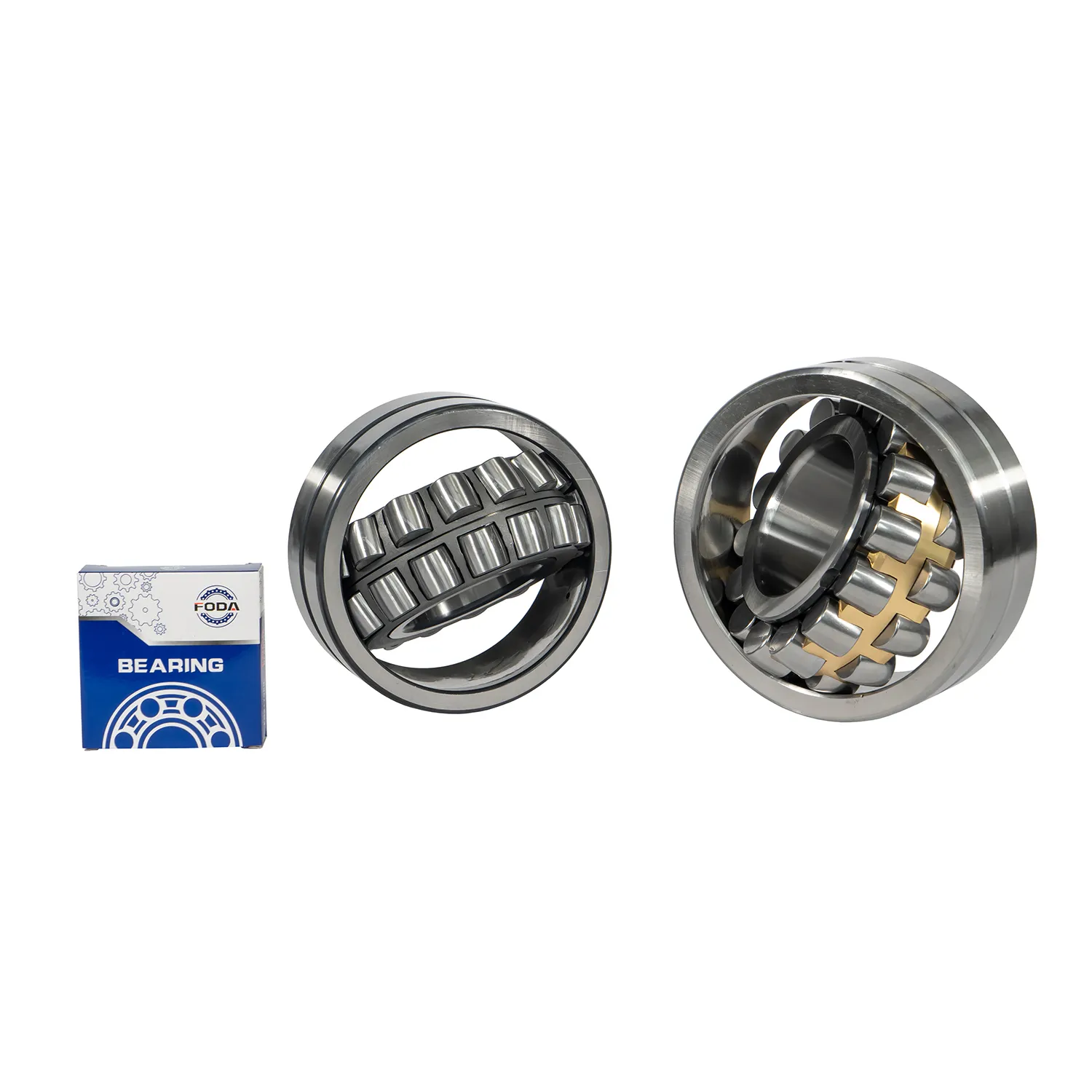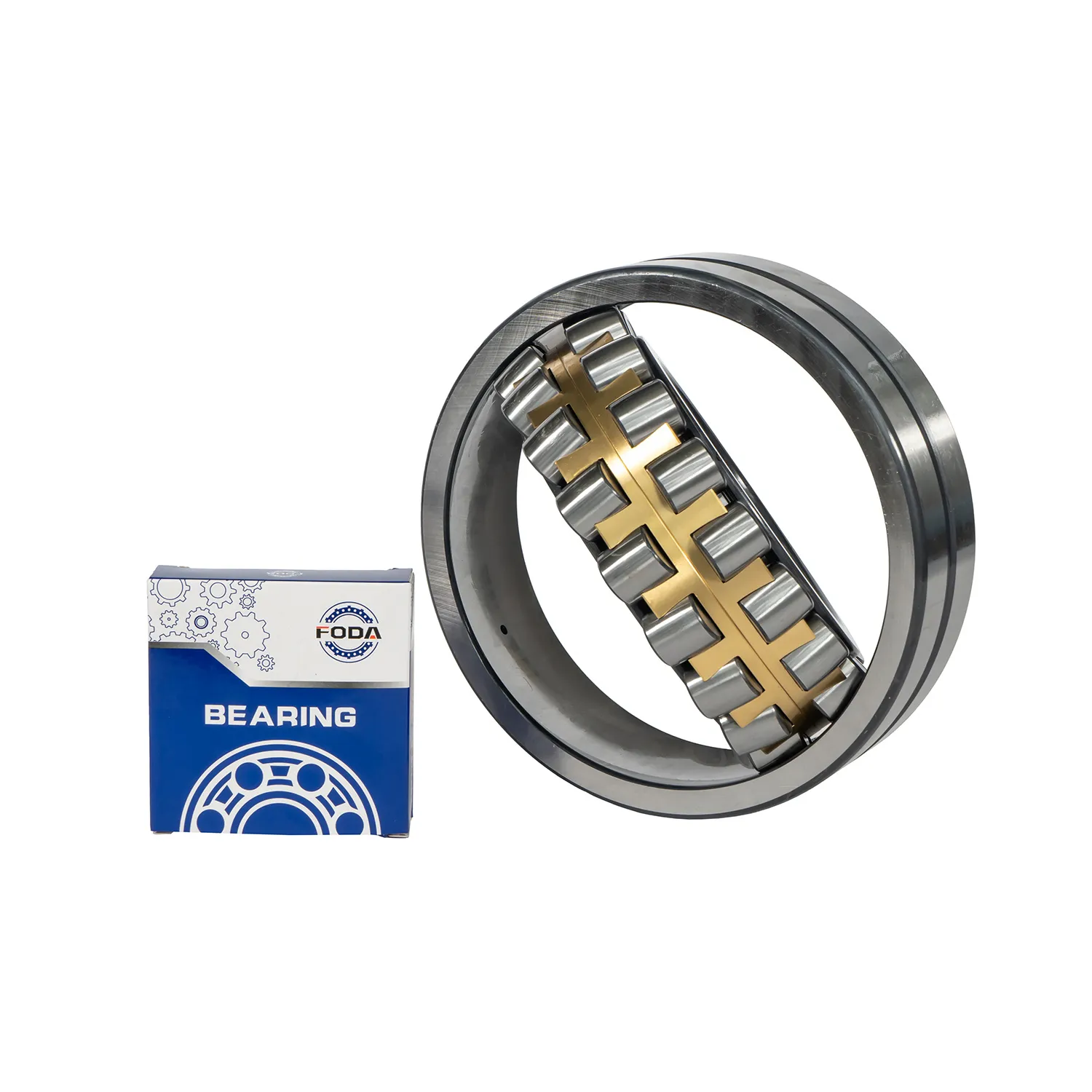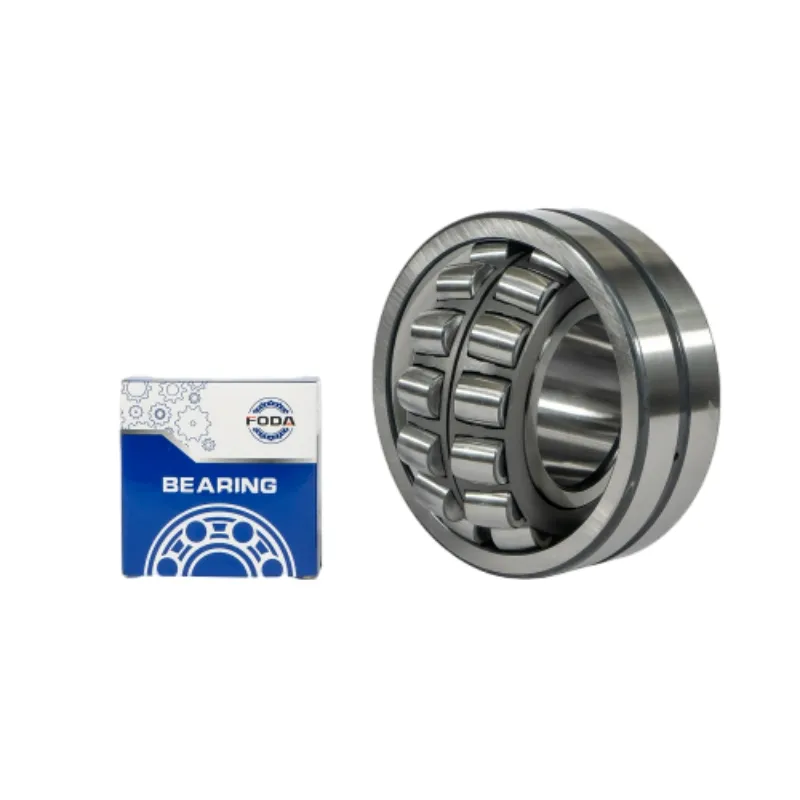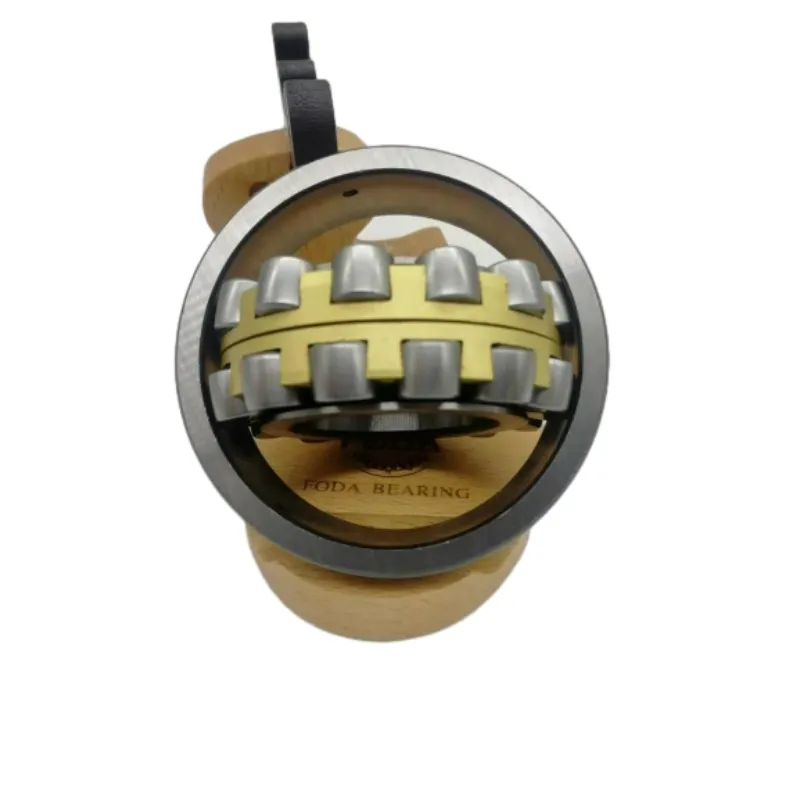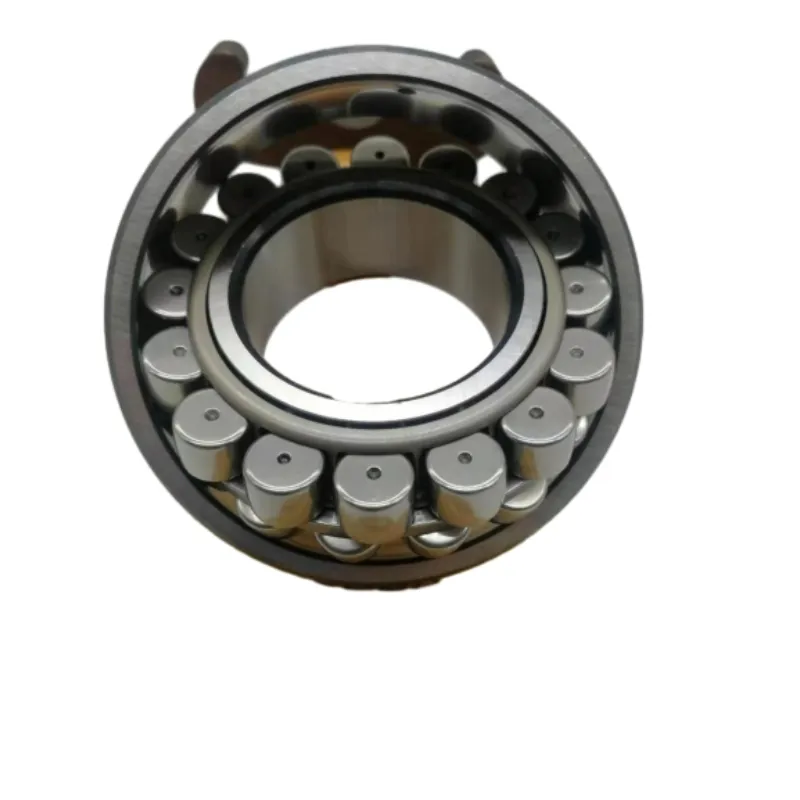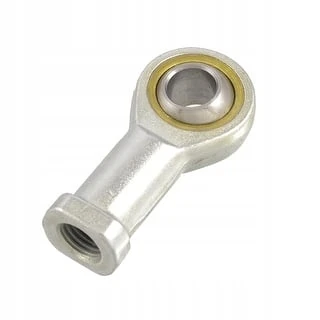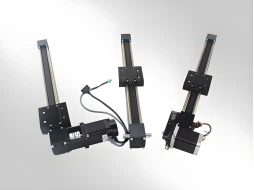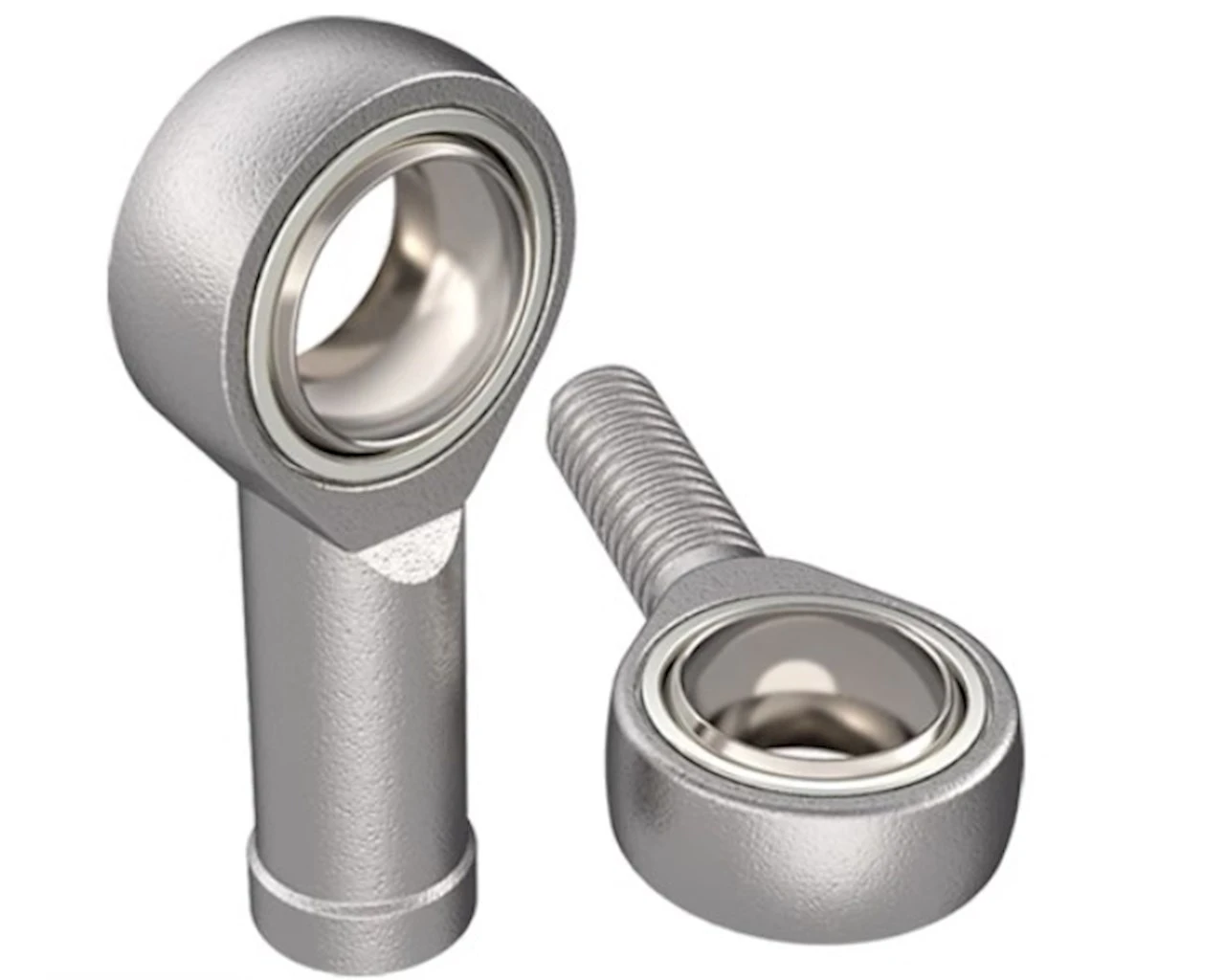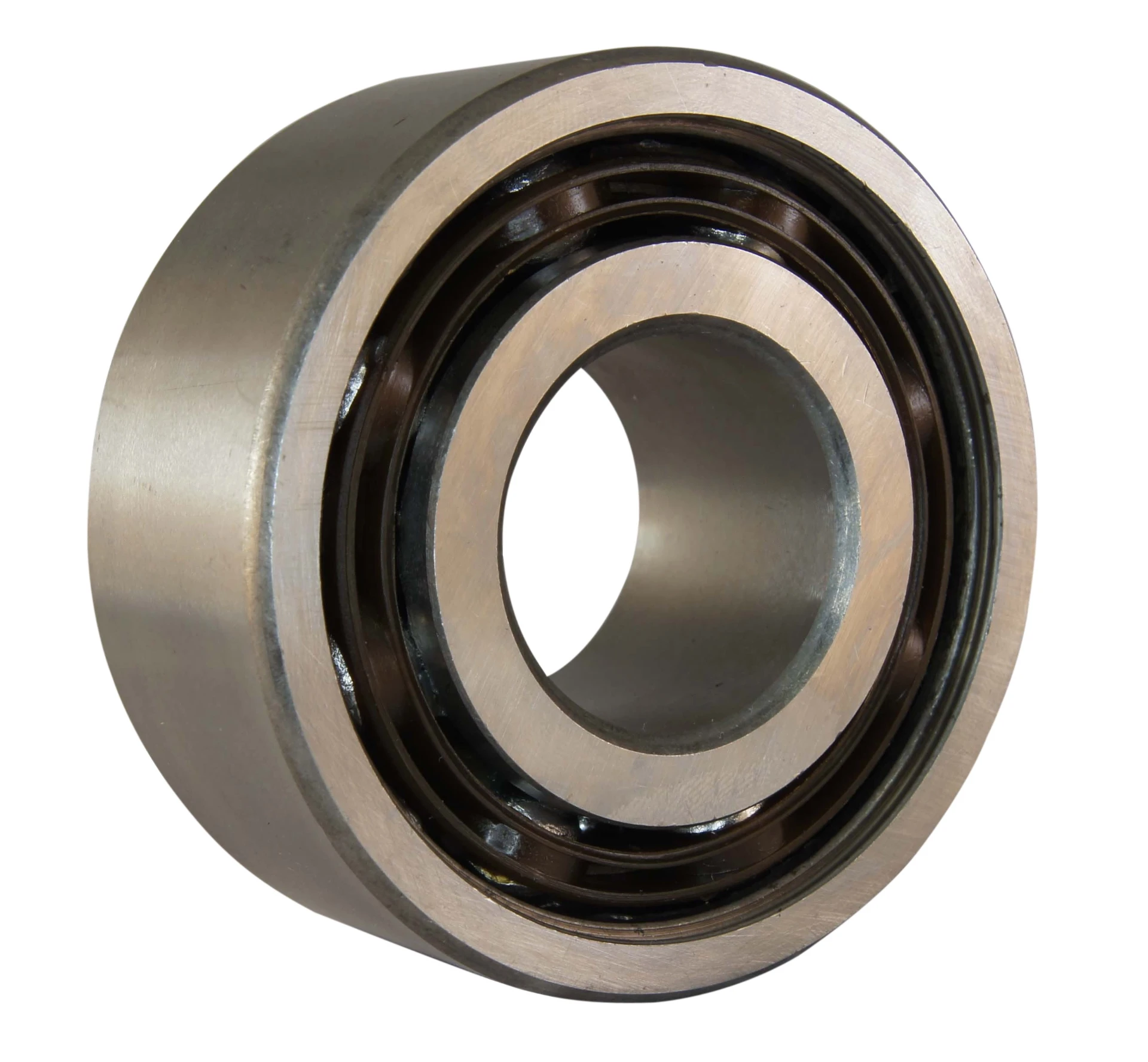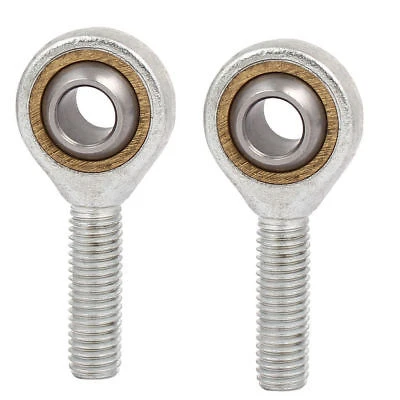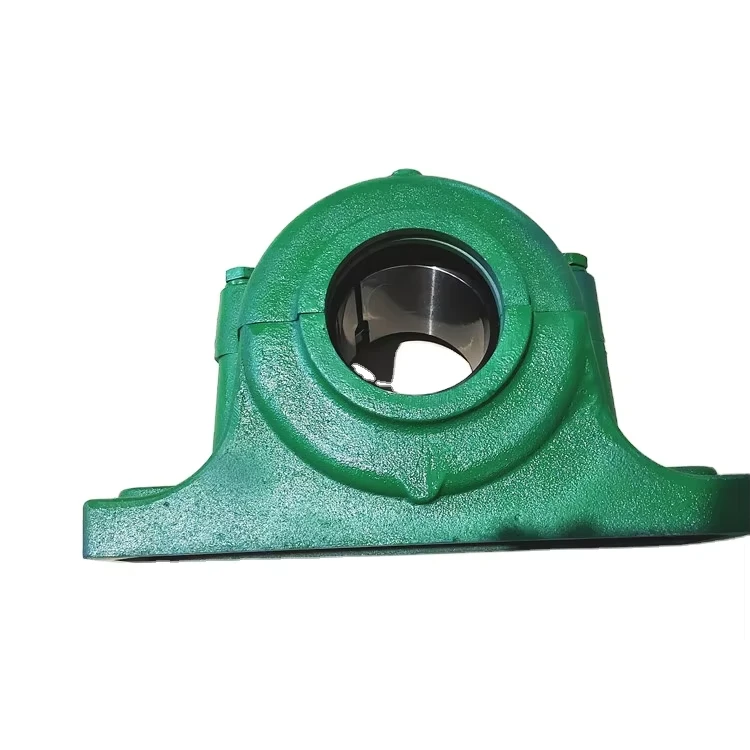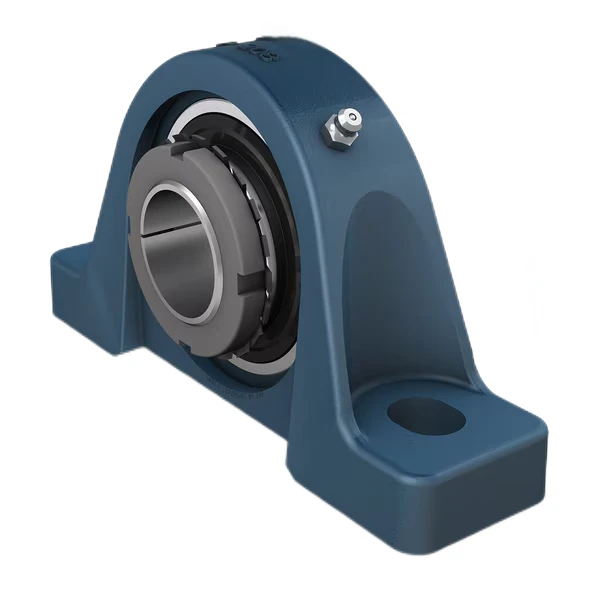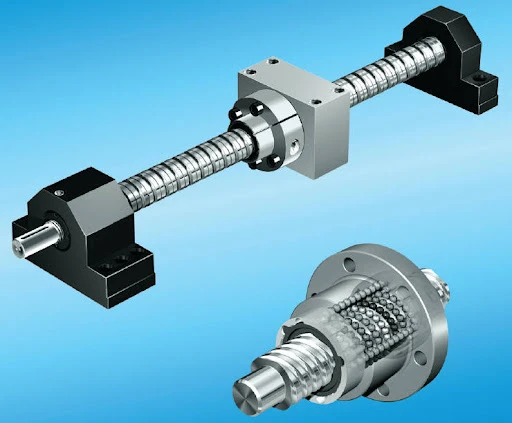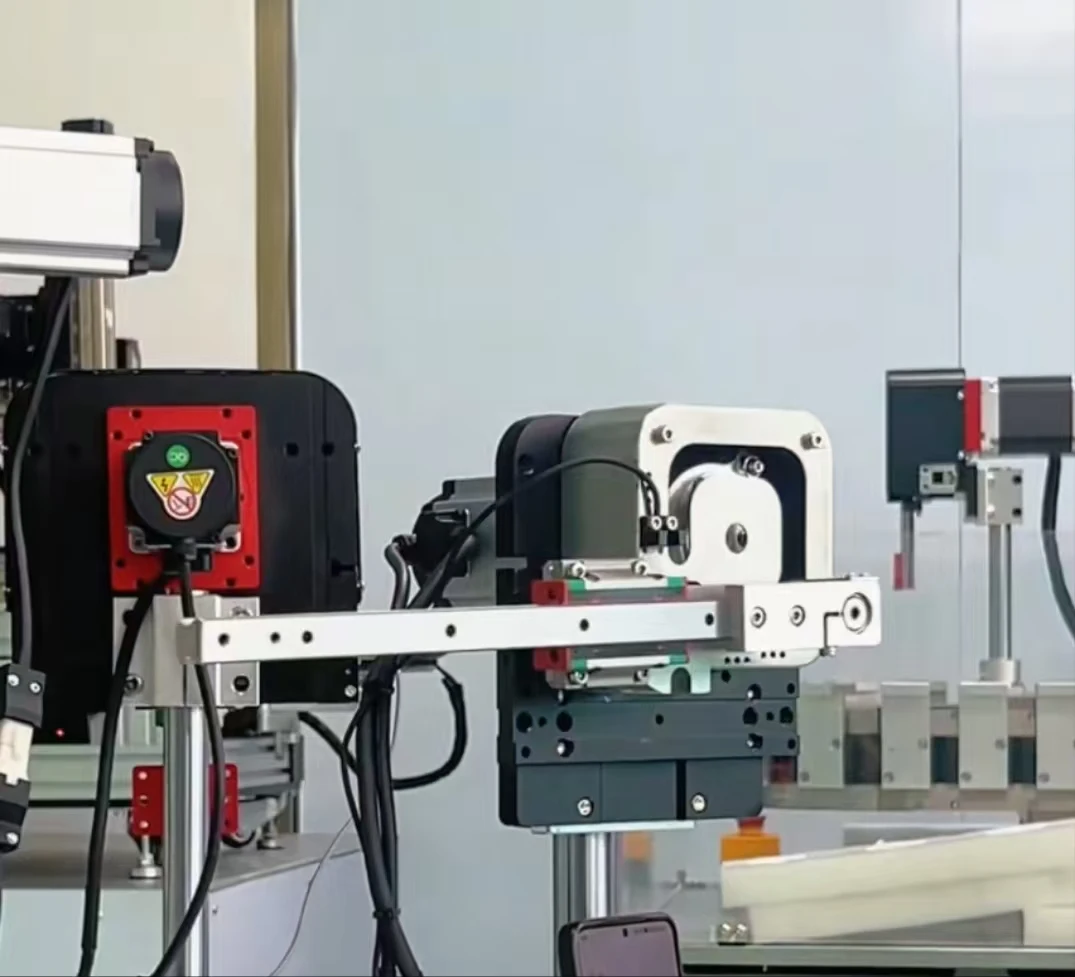Self Aligning Roller Bearing
 Characteristics
Characteristics
1. Good aligning performance: it can automatically adjust the axis deviation caused by the shaft deflection or installation error, allowing the inner ring axis and the outer ring axis to have a large relative inclination Angle.
2. High bearing capacity: it can withstand large radial load and certain axial load.
3. Strong impact resistance: the contact area between the roller and the raceway is large, and it can withstand the impact load better.
4. Low friction: small rolling friction coefficient, reduce energy loss and heat.
 Classification
Classification
1. Symmetrical spherical roller type: it has good symmetry and is suitable for various working conditions.
2. Asymmetric spherical roller type: the shape of the two ends of the roller is different, and can be selected according to specific needs.
 Basic Parameters
Basic Parameters
1. Inner diameter, outer diameter and width: determine the mounting size of the bearing.
2. Rated dynamic load and rated static load: measure the bearing capacity.
3. Limit speed: indicates the highest speed of the bearing under specific conditions.
4. Aligning Angle: that is, the adjustable Angle range of the inner ring relative to the outer ring.
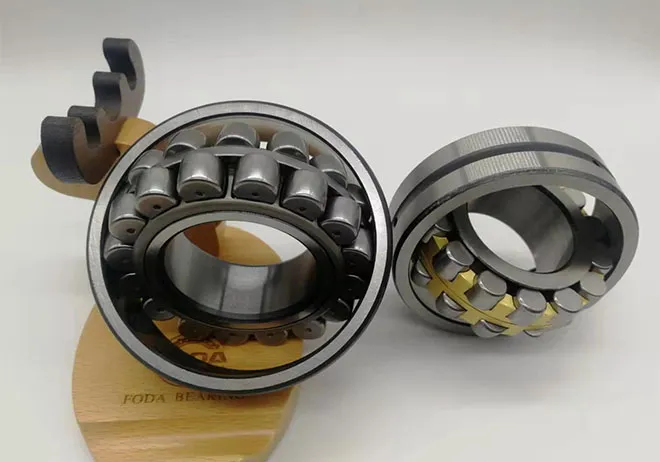
 The Working Principle
The Working Principle
When the self-aligning roller bearing is working, the spherical roller rolls between the inner and outer ring raceways. When the shaft is tilted or installed incorrectly, the spherical shape of the outer ring raceway allows the roller to automatically adjust its position to ensure the normal operation of the bearing. At the same time, the roller transfers the load to the raceway to achieve the role of supporting and transferring the load.
 ApplicationFields
ApplicationFields
1. Mining machinery: such as crusher, vibrating screen and other equipment.
2. Paper making machinery: widely used in the key parts of large paper machines.
3. Port machinery: such as cranes, conveyors, etc.
4. Metallurgical equipment: heavy machinery such as rolling mill.
5. Agricultural machinery: such as large tractors.
- Previous: Tapered Roller Bearing
- Next: Cylindrical Roller Bearing
RELATED PRODUCTS


